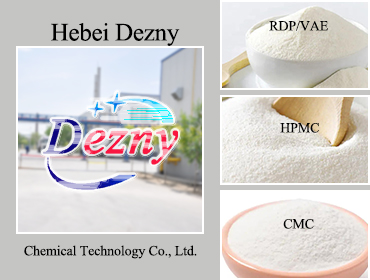
 2024-05-13- readings
2024-05-13- readingsCellulosic fabric, also called cellulosic textiles or cellulose-structured fabric, are fibers produced by cellulose, the principle structural part of grow cell walls. These fabric are made from a variety of grow sources through different manufacturing processes, producing a array of cellulose-centered textiles with unique components and programs. Cellulosic fibers are appreciated with regard to their sustainability, biodegradability and adaptability in fabric generation. Some frequent types of cellulose fibers incorporate: 1. 100 % cotton: Provider: 100 % cotton fiber is taken from the seed your hair (lint) of natural cotton (Gossypium genus herb). Functions: Cotton is soft, breathable, hygroscopic, and hypoallergenic. It provides great tensile strength which is simple to coloring and print. Employs: Cotton is traditionally used in textile merchandise, which include clothes (tshirts, denim jeans, clothes), home furniture (home bedding, towels, curtains) and manufacturing textiles (fabric, denim). 2. Rayon (viscose): Resource: Rayon can be a regenerated cellulose fiber content produced from wood pulp, bamboo or any other vegetation resources. Efficiency: Rayon features a smooth, clean consistency with great drape and breathability. According to the developing procedure, it may mimic the appearance and feel of silk, natural cotton or linen. Apps: Rayon can be used in clothing (garments, blouses, blouses), house textiles (bedsheets, covers, curtains) and business apps (health-related dressings, tire power cord). 3. Lyocell (elastic): Resource: Lyocell is a form of rayon made from timber pulp, typically from eucalyptus. Qualities: Lyocell is known for its unique softness, strength and hygroscopic components. It can be biodegradable and eco-friendly. Applications: Lyocell can be used in apparel (sportswear, underwear, tshirts), property textiles (bedsheets, bath towels, drapes) and practical textiles (auto decorations, filtering system). 4. Bamboo fibers: Supply: Bamboo fiber content is derived from the pulp of your bamboo grow, and that is a fast-increasing and environmentally friendly plant. Characteristics: Bamboo fiber content is delicate, breathable, and naturally antibacterial. It is hygroscopic and naturally degradable. Use: Bamboo fiber content can be used in clothes (stockings, under garments, pajamas), home textiles (home bedding, bathroom towels, bathrobes) and eco-friendly merchandise. 5. Modal: Resource: Modal can be a rayon made out of beech hardwood pulp. Properties: Modal is known for its soft qualities, level of smoothness, and resistance to shrinkage and diminishing. Has good hygroscopic components. Modal can be used in attire (knitwear, underwear, homewear), residence textiles (bedding, bath towels, furniture) and specialized textiles (car interiors, health care textiles). 6. Cupro: Supply: Cupro, also known as cupro rayon, is actually a regenerated cellulose dietary fiber produced from lint, a by-product from the 100 % cotton industry. Features: Copper features a soft really feel and silk-like pleats. It's breathable, absorbent, and bio-degradable. Applications: Cupro is commonly used in apparel (clothes, t shirts, matches), linings and deluxe textiles. 7. Acetic acid: Supply: Acetate is really a artificial dietary fiber extracted from cellulose extracted from wood pulp or 100 % cotton linters. Software: Acetate is utilized in clothes (t shirts, clothes, linings), residence home furniture (drapes, upholstery) and manufacturing textiles (filters, damp wipes). Components: Acetate carries a silky texture and glossy physical appearance. It drape well and it is often utilized as an alternative for silk. Cellulosic materials offer a sustainable, environmentally friendly alternative to man-made fabric, helping to fulfill the world's expanding need for eco-pleasant textiles inside the trend and fabric businesses. Their all-natural components, overall flexibility and biodegradability get them to ideally designed for a wide array of fabric applications.